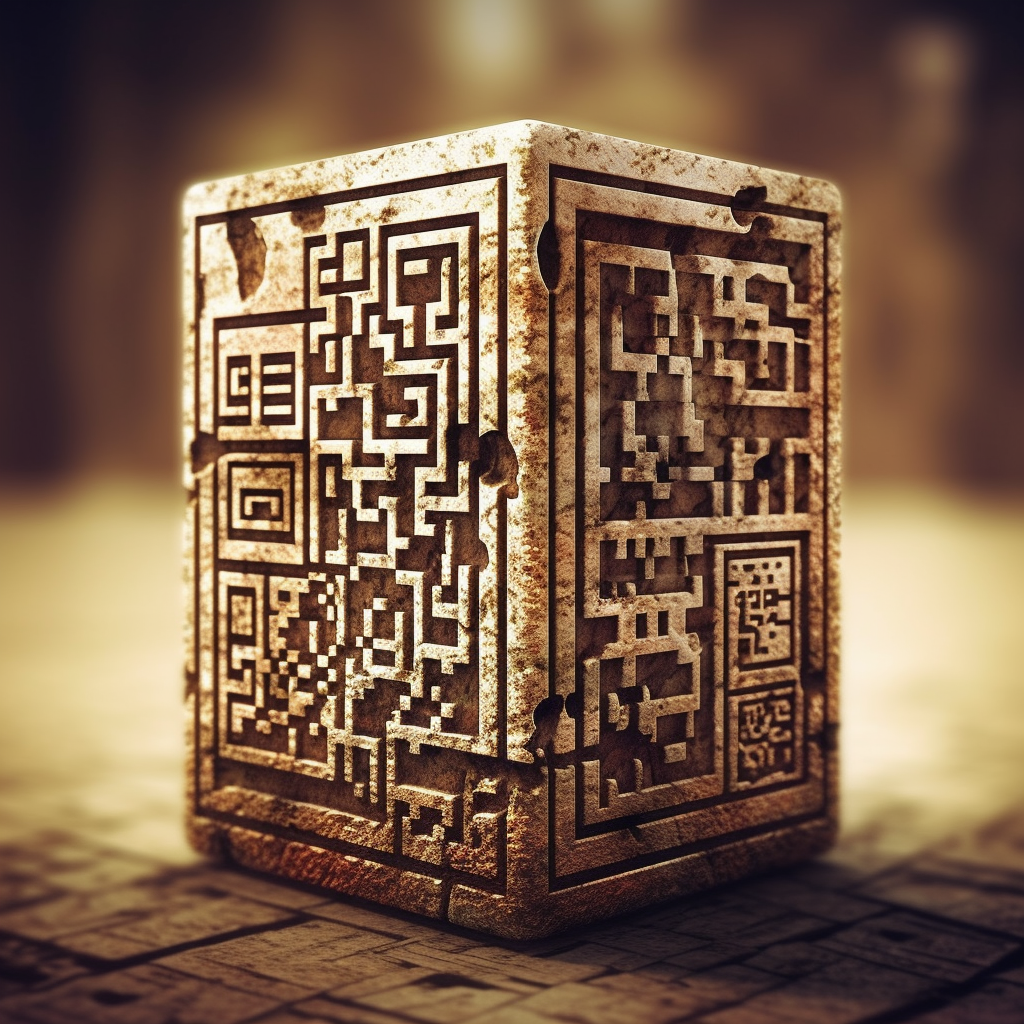The Birth of QR Codes
Quick Response (QR) codes were developed in 1994 by the Japanese company Denso Wave, a subsidiary of Toyota. These 2-dimensional codes were initially used to track parts in vehicle manufacturing, offering rapid decoding speed, hence the name “Quick Response”.
Advent of QR Codes in the Consumer Market
After proving their effectiveness in the manufacturing industry, QR codes transitioned into the consumer market. Businesses recognized the potential for the rapid data transfer capabilities of QR codes and began using them in marketing and advertising campaigns to quickly connect consumers with digital content. From URLs, coupons, tickets, to contact information, QR codes became a bridge between the physical and digital world.
QR Codes in the Age of Smartphones
With the advent of smartphones equipped with cameras and the ability to download scanning applications, the usage of QR codes exploded. Anyone with a smartphone could now scan a QR code to instantly access websites, download apps, make payments, or interact with online services. Companies worldwide took advantage of this, placing QR codes on everything from product packaging to billboards.
QR Codes during the COVID-19 Pandemic
The COVID-19 pandemic pushed QR code usage to a new level. As contactless interactions became necessary, QR codes facilitated touch-free menus in restaurants, check-ins at events or venues, and even health status verification in some countries.
Emergence of Dynamic QR Codes
One of the most significant advancements in QR technology has been the development of dynamic QR codes. Unlike their static counterparts, which permanently store data, dynamic QR codes can change their content based on parameters such as location, time, or the number of scans. This allows for tailored experiences, increased user engagement, and detailed analytics for businesses.
The Future of QR Codes
The evolution of QR codes is far from over. With advancements in technology, we are likely to see QR codes integrated with Augmented Reality (AR) and Internet of Things (IoT) technologies. Imagine scanning a QR code on a product to launch an AR experience on your phone, showing you how to use the product, or integrating QR codes with smart home devices to control them.
Furthermore, the recent development of customized QR codes that can incorporate logos or images without losing their scannability opens up new avenues for branding and marketing.
The possibilities are limitless, and as we continue to integrate the digital and physical worlds, QR codes are poised to play a crucial role. They’ve come a long way from tracking auto parts in a Japanese factory, and their journey is just getting started.

